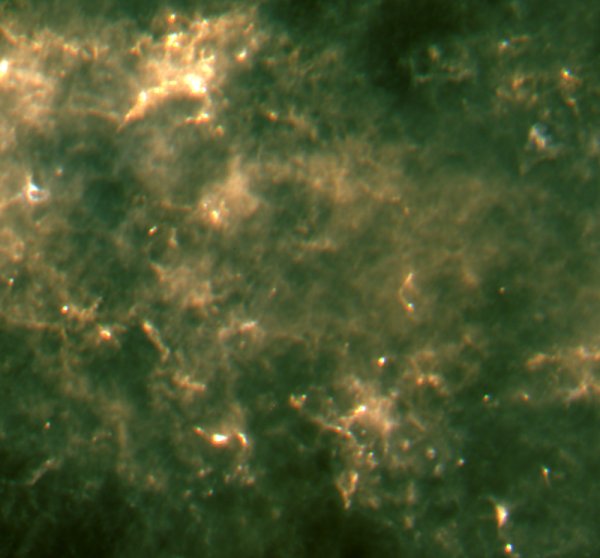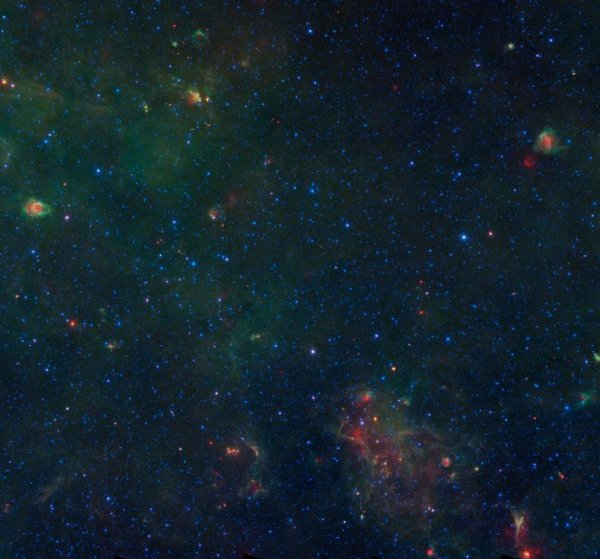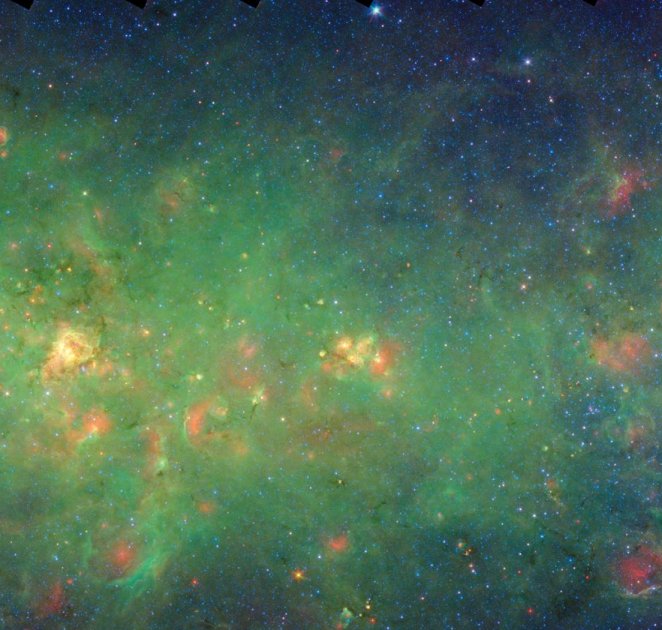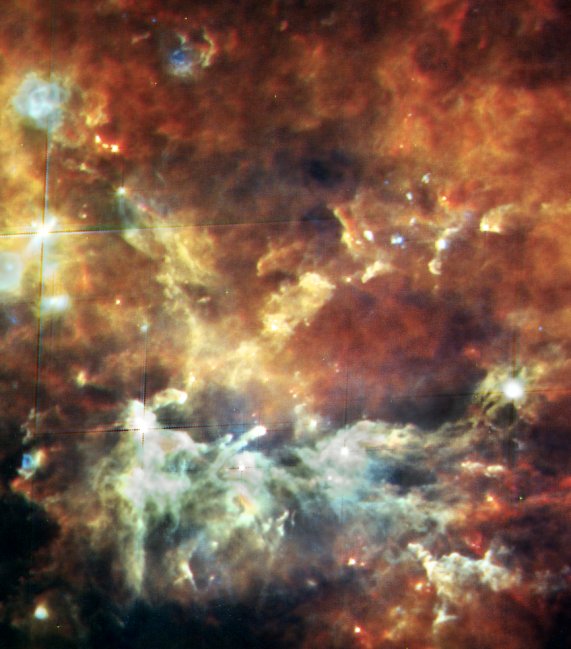During the big Herschel science conference in early May, I blogged about the issue of data access, complaining (perhaps a bit unfairly) that we will have to wait at least another year for the full results of the Hi-GAL survey of the inner galaxy.
According to the Hi-GAL schedule given here, we can expect to see the "start of incremental releases" of the Hi-GAL "maps in 5 bands" about 24 months after Herschel's launch (that is, May 2011).
It is therefore interesting to see that the full five band data for four Hi-GAL tiles (all dated January 2010) are already publicly available from the Herschel archives.
Curiously, none of these are the tiles for 30° or 59°, which have already been described in at least one scientific paper and a press release, nor are they in the direction of RCW 120, which was the subject of another press release and several scientific papers.
Instead the data are for the tiles for the galactic longitudes 303°, 305°, 312° and 323°.
It looks like this new data also points to a wealth of new scientific discoveries.
As just one example, here is an image based on Herschel's longer wavelength SPIRE instrument centred at 303.75°. I created this image from SPIRE's 500 μm (red), 350 μm (green) and 250 μm (blue) bands. SPIRE is sensitive to submillimetre wavelengths in frequencies where longwave infrared is merging into shortwave radio frequencies.

Compare this with the equivalent Spitzer image (seen here in the Milky Way Explorer):

The most obvious difference is the large area of submillimetre emission surrounding the obscure infrared source IRAS 12578-6217. This is visible towards the upper left of the Herschel image. Interestingly, this object is not visible at longer wave radio frequencies, eg. in this SGPS image.






